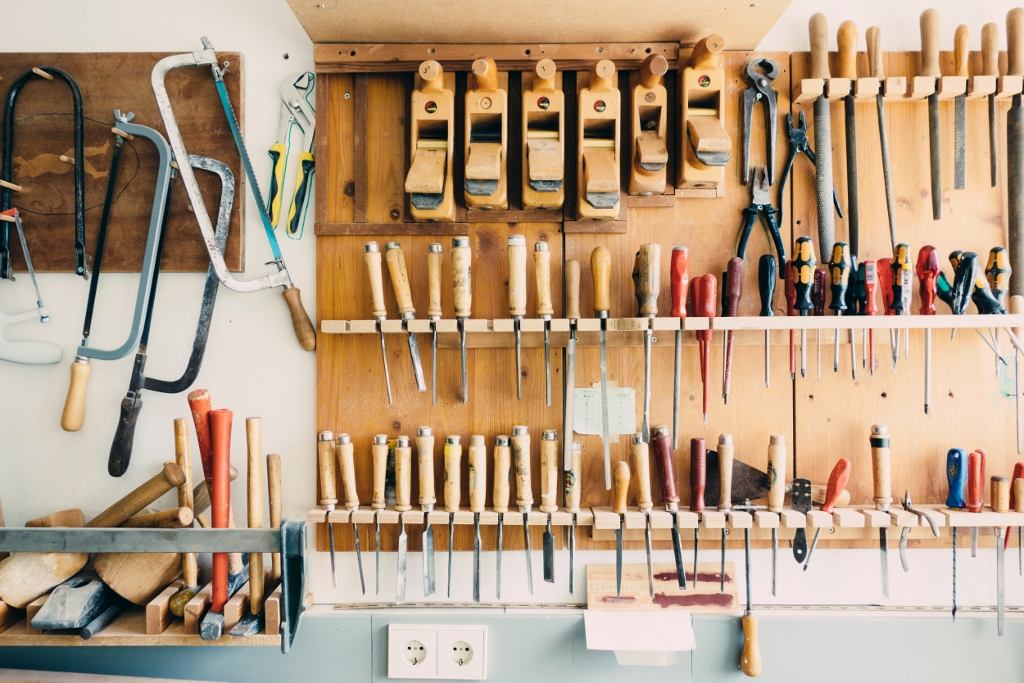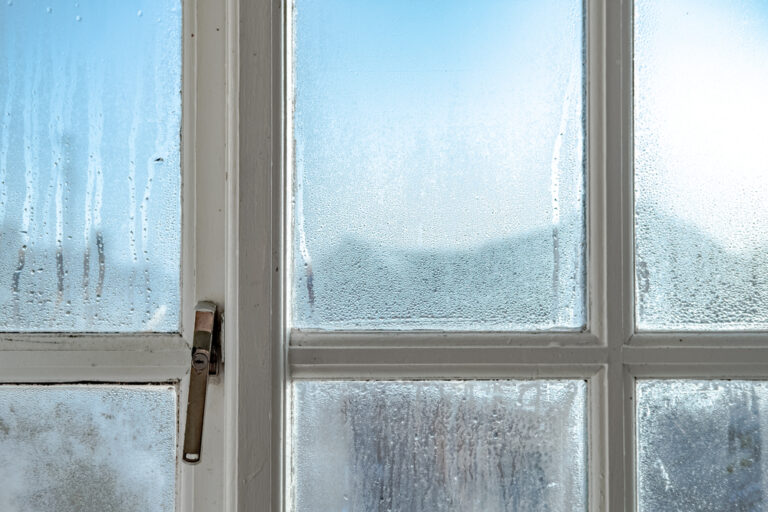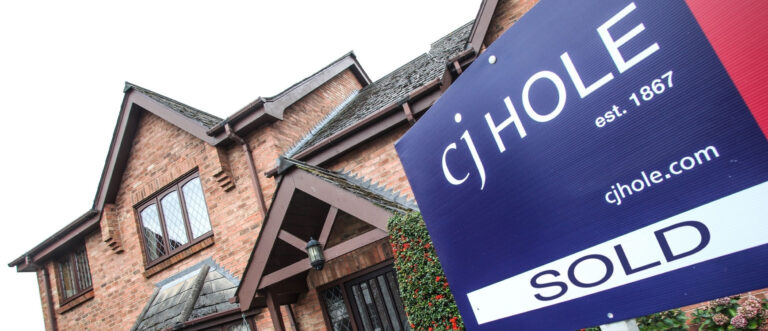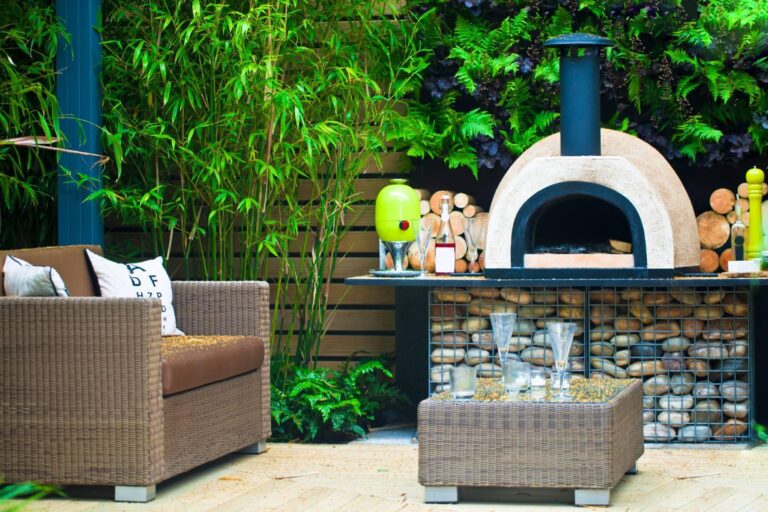Damp is a major concern for many home owners and is one of the most frequent problems that we face with properties. Damp can lead to severe structural damage if not treated. Timberwise have made a list of both structural and household factors that can be undertaken to keep your property safe and dry.
Structural Factors
The list below provides structural improvements that can be made to damp proof your property to not only treat the issue but also prevent damp from occurring in the future.
1. Installing a Damp Proof Course and a Damp Proof Membrane
Rising damp is the movement of ground water up through the wall or floor. A damp proof course will provide a horizontal layer of waterproof material within the walls of the building, protecting against moisture rising up through the walls.
A damp proof membrane is a sheet of material than is impervious to water. It is laid under a concrete floor, which should in turn be connected to the damp proof course, so that the building is effectively sealed from dampness.
2. Installation of Bathroom and Kitchen Fans
Condensation is an inevitable damp problem in all properties as a result of everyday living. The kitchen and bathroom are the most susceptible to damp. The installation of mechanical ventilation, such as bathroom and kitchen fans, allows constant air flow throughout your property and ease any condensation issues that may be present.
3. Improving the Outside of the Property
Penetrating damp is a form of damp that causes significant damage to exposed areas of a building like roofs or chimneys. Penetrating damp tends to expand in a horizontal movement on surfaces as opposed to rising damp, which travels vertically. Regularly clearing out gutters will allow water flow away from the property. As a property owner you should check for blockages in drains and gutters as the wetter months could cause expensive, long-term damage to the property.
4. Fix Plumbing Problems
Household Factors
The list below provides some handy tips on how you can make simple adjustments to your household that can help reduce the chances of damp from occurring.
5. Heating Levels and Insulation
19-22 degrees is an ideal temperature for the living room, kitchen and bathroom, while the bedroom should be kept between 16-20 degrees. These temperatures reduce the amount of moisture-laden air in the property. Make sure that the temperature doesn’t drop below 15 degrees when you are away from the property – dropping below this could cause condensation. Having good insulation can also help reduce the amount dampness present as it can help create warmer walls and ceilings, inhibiting the growth of mould.
6. Ventilating your home
This one is pretty easy and straightforward to enact. Double glazing and blocking off air vents and chimneys will restrict the amount of moisture laden air escaping the property. Closing kitchen and bathroom doors when using these rooms will prevent moisture from reaching other rooms – especially bedrooms, which are typically cooler. Also avoid putting too many items in cupboards and wardrobes as this can cause air to stop circulating, leading to condensation problems.
7. Reducing levels of Moisture
A final handy tip is to remember when drying your washing not to dry it on radiators. Instead, use a washing line, leave windows open or turn on a fan. Using bottled gas heaters inside can also produce large amounts of moisture in the air and should be avoided if possible.
So there you have it. Damp is a problem we all face, but there are a number of ways to minimise its chance of happening to you. By introducing just some of these options in your rental property you could save yourself very costly repairs further down the line.





